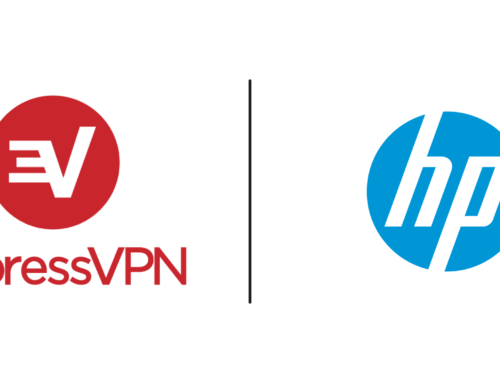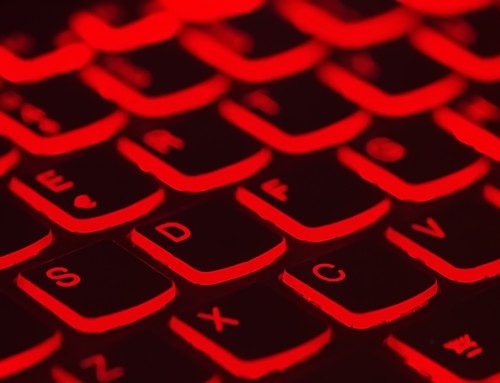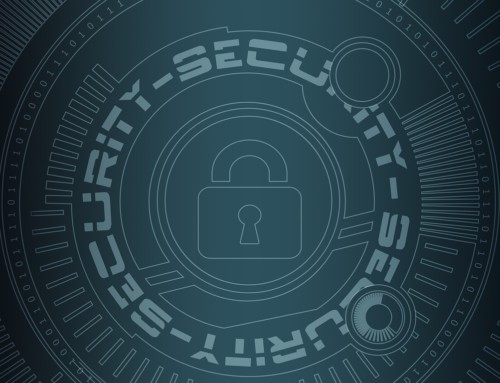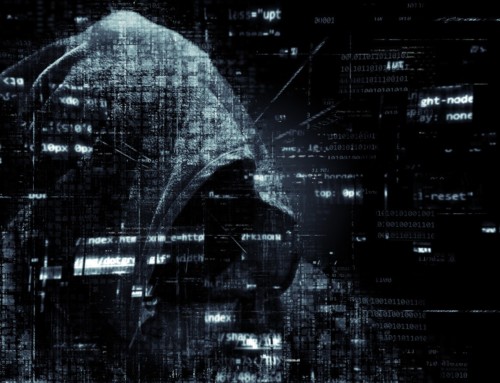In the contemporary business environment use of electronic mail is practically inevitable. The largest part of the important data of an organization more or less is transferred by electronic mail - either as an attachment, or as a content of the messages. There is no doubt that the modern business depends on the electronic mail.
Moreover, modern business practically can not be run without electronic mail. Recent researches showed that more than 75% of intellectual property of the organizations worldwide is actually stored in electronic mail, as text or as an attachment.
Therefore, it is understood why the concern of business entities on the protection of the information that are forwarded by electronic mail.
Many assume that a firewall is all the protection they need, not taking into consideration the vulnerability of email messages once they leave their network. A firewall offers no protection for email entering or exiting a company’s network.
What is email encryption and how does it work?
When your company staff sends messages to maintain communications with customers, shareholders, supply chain sources, and other important clients, it is necessary to ensure that the information is being transmitted in a secure manner. For this reason, encryption is used for email messages and in other cases where it is necessary to protect sensitive data.
The majority of the emails we send might not be particularly private, but we know there are times when we want to make sure only we and our receiver see the information. For example, credit card details, passport numbers, addresses or explanations as to where we are hiding the house keys before going on holiday.
Even though it takes seconds for people to be send and receive emails, they actually go through all sorts of networks and servers before reaching their destination. And at those passage ways they leave a trace, which means there are plenty of places from where anybody can access and read what we have written. Encrypting (or authenticating) our mail can make sure only we and our receiver can see the contents of the message. It’s also a great way of reducing the flow of spam using our own email address..
How does email encryption actually work?
Email encryption relies on a Public Key Infrastructure or PKI, in most cases, a combination of a private key (known only by you) and a public key (known only by those you choose to distribute it or even made publicly available).
Those who want to send an encrypted emails would use the public key, while the intended recipient would use the private key to decrypt those messages into a readable format. In the PKI model, anyone can use a public key to encrypt email, but only a unique private key can decrypt each encrypted message.
Best practices for email encryption include consistently encrypting all messages you send and receive. Encrypting only email messages containing sensitive information raises a flag to hackers, pointing them directly to the messages that are most likely to contain valuable, sensitive information – the very information you’re trying to prevent outsiders from gaining access to in the first place.
When you encrypt all email messages as a standard practice, hackers wishing to access your personal information have a more substantial task in front of them. Decrypting email messages one-by-one in search for a single message containing sensitive information is a daunting and tedious task that even the most dedicated hackers may find not worth the effort.
The most frequent forms of encrypting data, including S/MIME (Secure/Multipurpose Internet Mail Extensions) and OpenPGP, means installing security certificates on the computer that recipient of the messages does use, and giving the sender of the message a series of characters - the public key.
Many email clients, as well as the additions to the web browsers support S/MIME standard. It is possible to subscribe to a service for fully encrypted transfer of messages from the sender to the recipient.
In the case of the use of the portable devices, tablets, notebooks, smartphones and other mobile devices, to protect your email communications, it is recommended to use encrypting of the received mail, but even more recommended is to encrypt the whole device and all data in order to stay protected even if the device is lost.
End-to-end encryption
Email Encryption (end-to-end) i.e. from the sender to the recipient, has always been difficult, although the means of achieving this kind of encryption are becoming better and easier to use. Pretty good Privacy (PGP) and the related free version GNU Privacy Guard (GnuPG) are the standard tools for this purpose nowadays. Both these programs can ensure the protection of the email in transit and also protect the saved data.
The main email clients, such as Mozilla Thunderbird and Microsoft Outlook can be configured to work smoothly with the software for encryption and allow the sender with one-click to sign, confirm, encrypt and decrypt email messages.
Although seemingly simple, the use of GnuPG and/or PGP implies that the sender and the recipient both use the same software, which is not a very frequent case. If one of the parties does not support the GnuPG/PGP, the transmission of the messages can be unencrypted. The second precondition is that the sender must possess and verify the public keys of the recipients of the message. It is important the sender of the message not to fall into the trap known by the name of “man in the middle”: hackers can make the sender use the wrong public key. “The man in the middle” attack is usually happens due to curiosity, negligence or careless of the users who make their data available to the attacker.
Server-server encryption
When a message leaves the server of the sender, it moves on the path of unknown routes. The message often passes through several servers. The list of the servers through which the message has passed appears in the subject of the message and it is possible to see it by using the appropriate option of the email client. For an organization to have a chance to send an encrypted message, it is necessary that its mail server supports the TSL encryption in communication with other servers.
Client–mail server encryption
For the security of the messages, the transfer of messages from the user’s PC to the mail servers and vice versa, is an important phase, as well. In this phase the one should use encrypted IMAP or POP. In the case when the user uses the webmail services, it is necessary to ensure that his webmail account always uses HTTPS. Many webmail providers use HTTPS only in registering and then shift to the faster HTTP, which reduces the security of messages.
Nowadays, with the surveillance and the frequent cyber attacks, you have no choice, but to encrypt your emails so that you can preserve your privacy online.
If you are not familiar with the encryption techniques and don’t know how to use the tools you can use our services to encrypt your email.





Leave A Comment